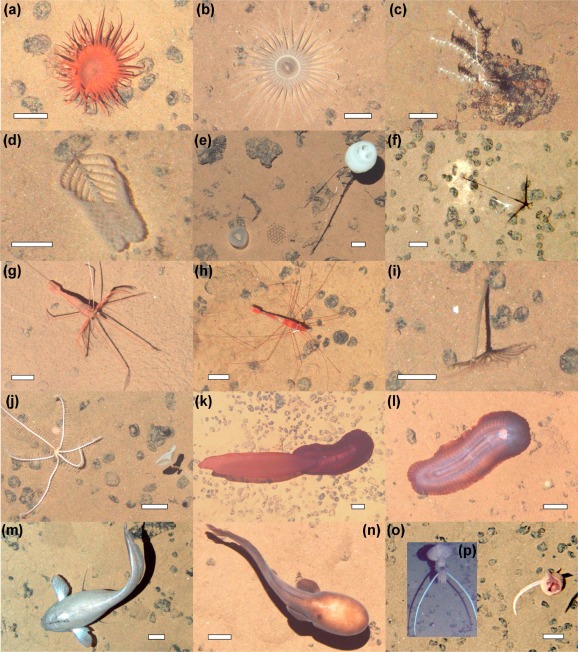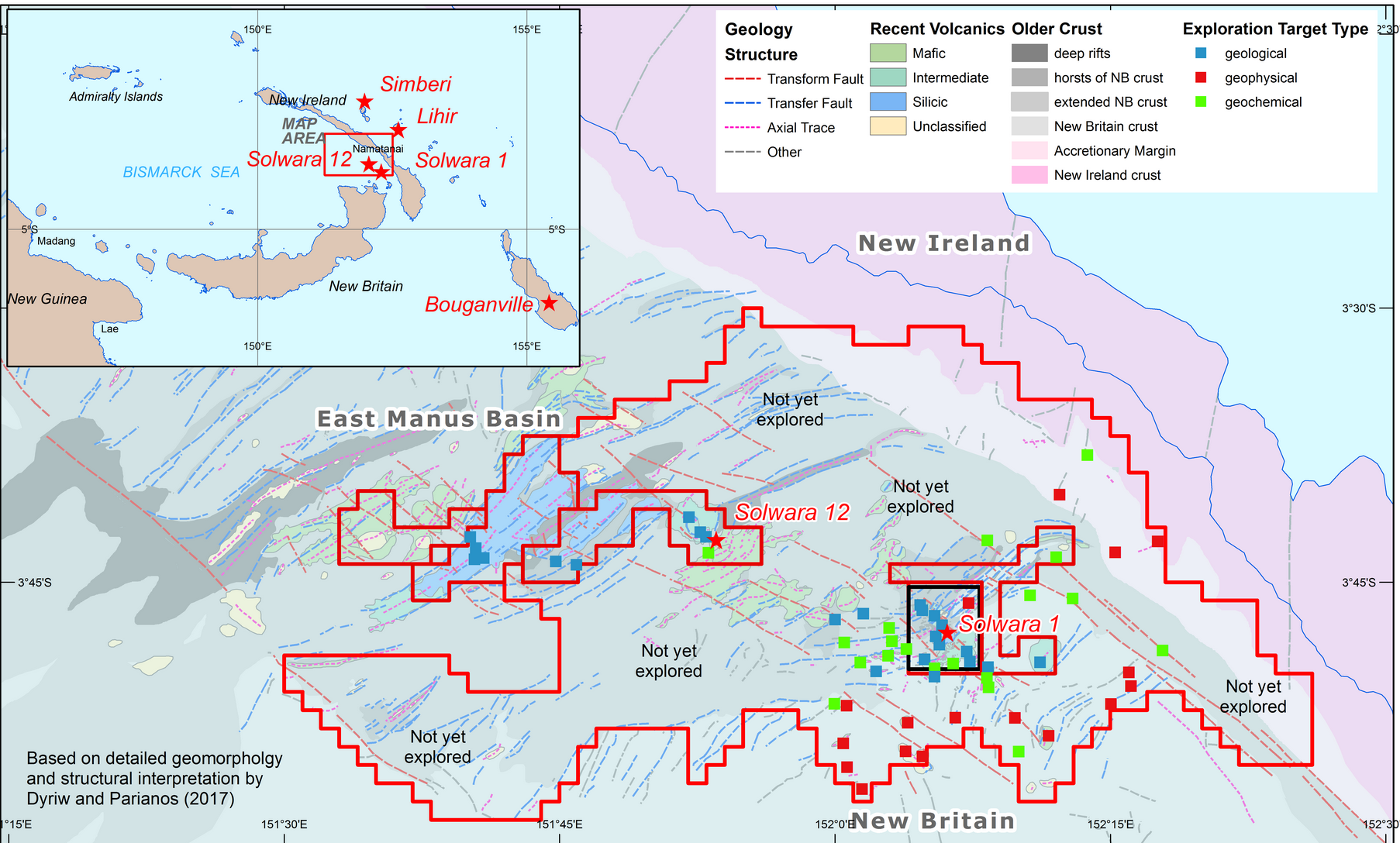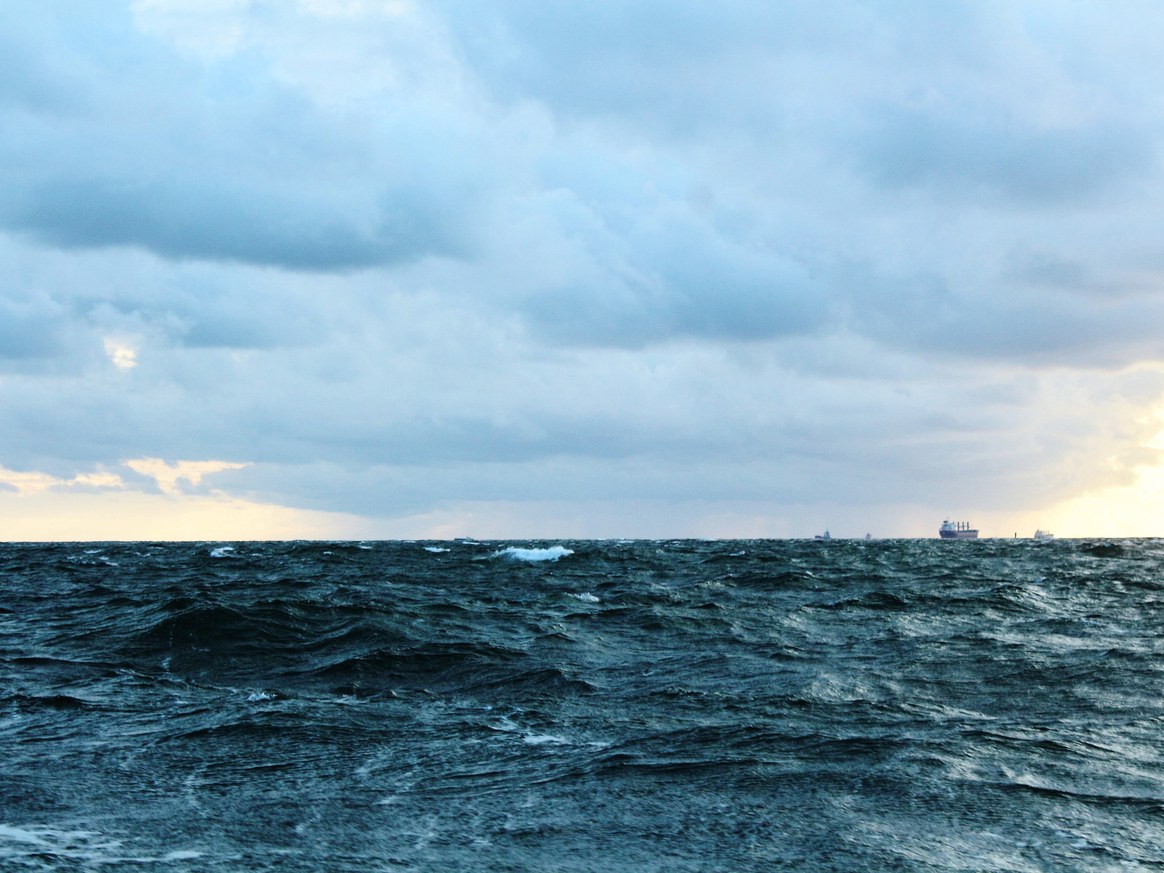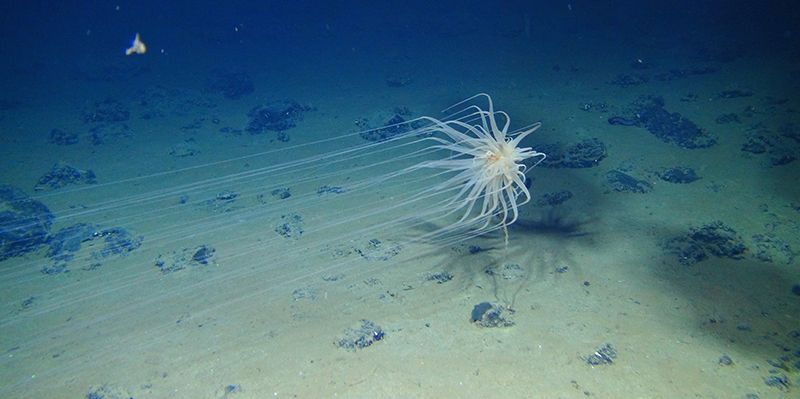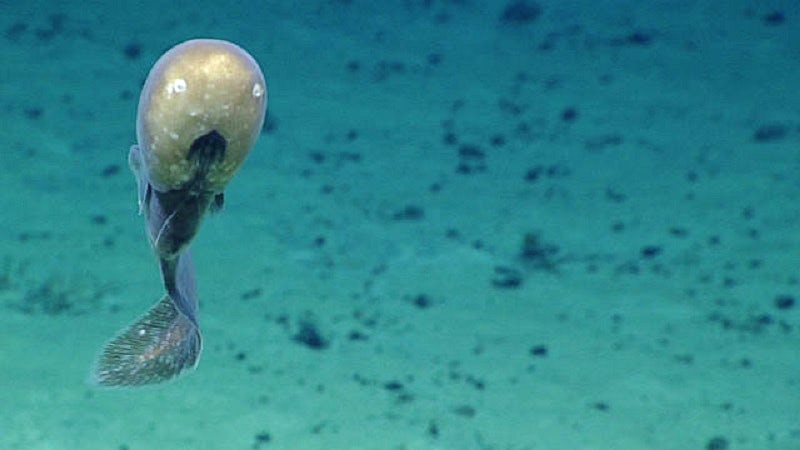2018 was a banner year for studies highlighting the importance of hydrothermal vents not just to the highly specialized communities that thrive around seafloor massive sulphides, but also to the surrounding benthic community. Vents provide nursery grounds for octopuses and deep-sea skates, but they also provide food for deep-sea and shallow water animals.
At shallow-water vents along the southwestern edge of the Okinawa Trough, researchers examined the trophic relationships between vent-dependent crab, animals common to the region, and their food sources. Almost half of the crabs’ diet came from organic matter that traces its origin back to the vent plume, rather than from photosynthetic sources. They also found that this held true not just for the species that lived exclusively on the vents, but also other benthic crustaceans, including krill, amphipods, and mysid shrimp, who derive half their diet from the products of hydrothermal venting.
Read the full open-access paper here: Trophic structure and energy flow in a shallow-water hydrothermal vent: Insights from a stable isotope approach.
Particulate organic matter from hydrothermal vents isn’t the only surprising new discovery about the diet of deep-sea animals. A new study circulating through the ocean science community points to the impact of deep-sea bacteria on the global carbon cycle. Pulse-chase experiments in the Clarion-Clipperton Fracture Zone demonstrated that benthic bacteria are the dominant consumers of phytoplankton-derived organic matter (one component of what we commonly call “marine snow”), playing a key role in sequestering carbon-dioxide on the seafloor. Before this study, it was assumed that benthic macrofauna were the primary consumers of this marine snow. This suggests that disturbance to the deep seafloor could have significant consequences for plans to sequester carbon dioxide in the deep sea.
Read the full open-access paper here: Key role of bacteria in the short-term cycling of carbon at the abyssal seafloor in a low particulate organic carbonflux region of the eastern Pacific Ocean.
Benthic megafauna in the CCZ may have lost their place as the dominate consumers of marine snow, but they continue to play a vital role in the abyssal ecosystem. Though the CCZ is a vast abyssal plain, it is not topographically uniform—it is shaped by ridges, extensive flat plains, and troughs, all of which play a role in species distribution. Understanding this habitat complexity is essential, as the CCZ has some of the highest levels of deep-sea megafaunal biodiversity and understanding the distribution of those species is an important component of an environmental management plan.
In one of the largest surveys of the distribution of large benthic animals across areas of particular environmental interest in the CCZ, researchers determined that the morphology of the abyssal plain determines how abundant different deep-sea species are. Animals were far more common on flat plains and ridges and less abundant in troughs. Sponges, corals and xenophyophores showed particularly high habitat selectivity. Suspension feeders, the most common feeding type in the CCZ, were most common on the nodules themselves and contributed the most to measured differences in species abundances while deposit feeders’ preference for ridges drove the most distinct variations in functional diversity.
All of which points towards a complex and varied deep-sea ecosystem with both small-scale, local variation and broad, regional heterogeneity. The more we explore the Clarion-Clipperton Zone, the more complex and fascinating it becomes.
Read the full open-access paper here: Megafaunal variation in the abyssal landscape of the Clarion Clipperton Zone.
